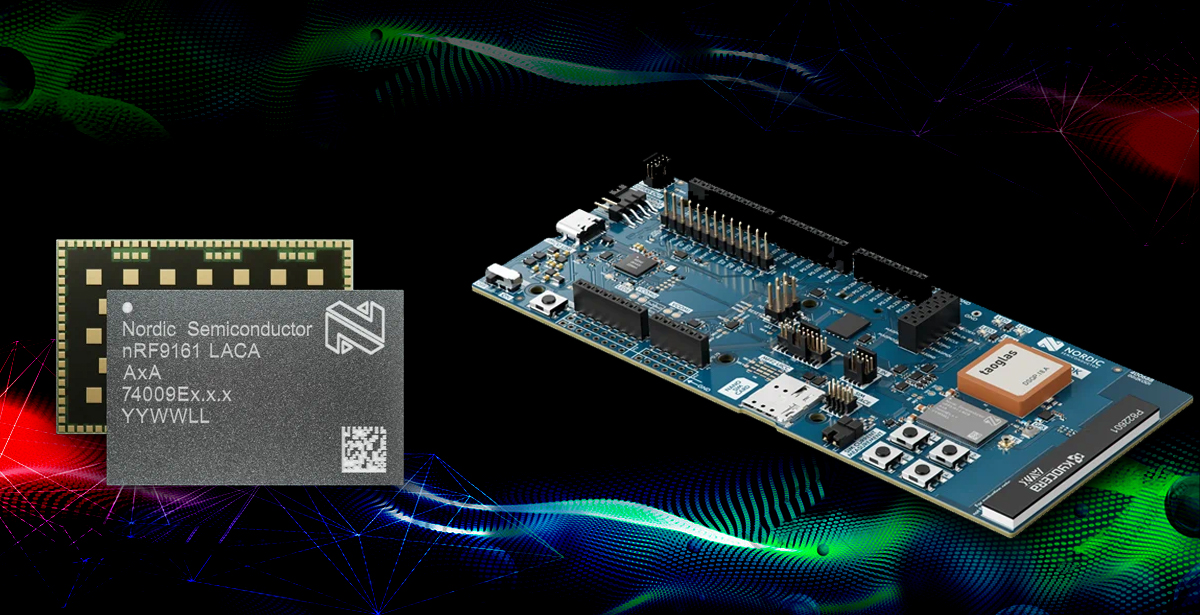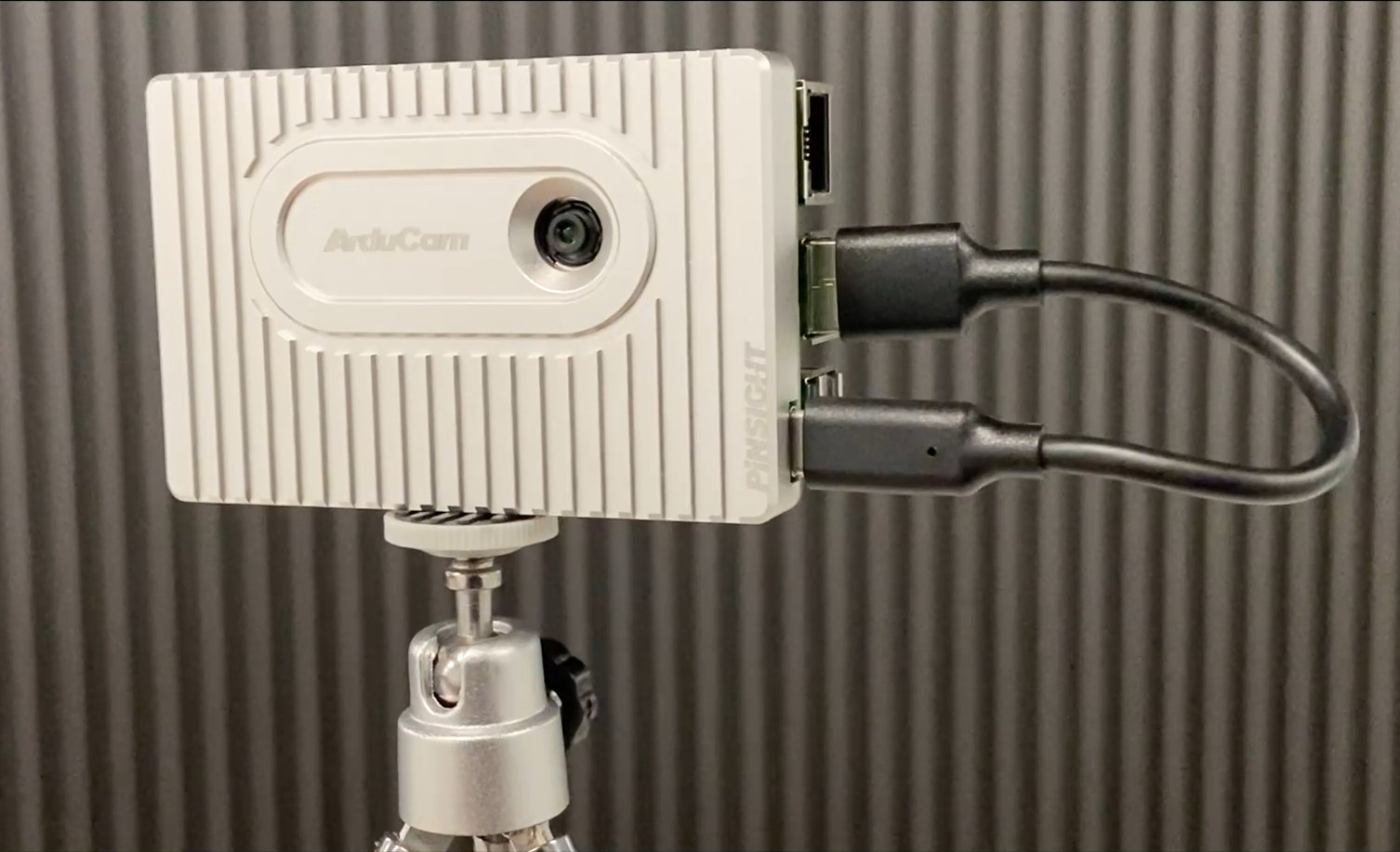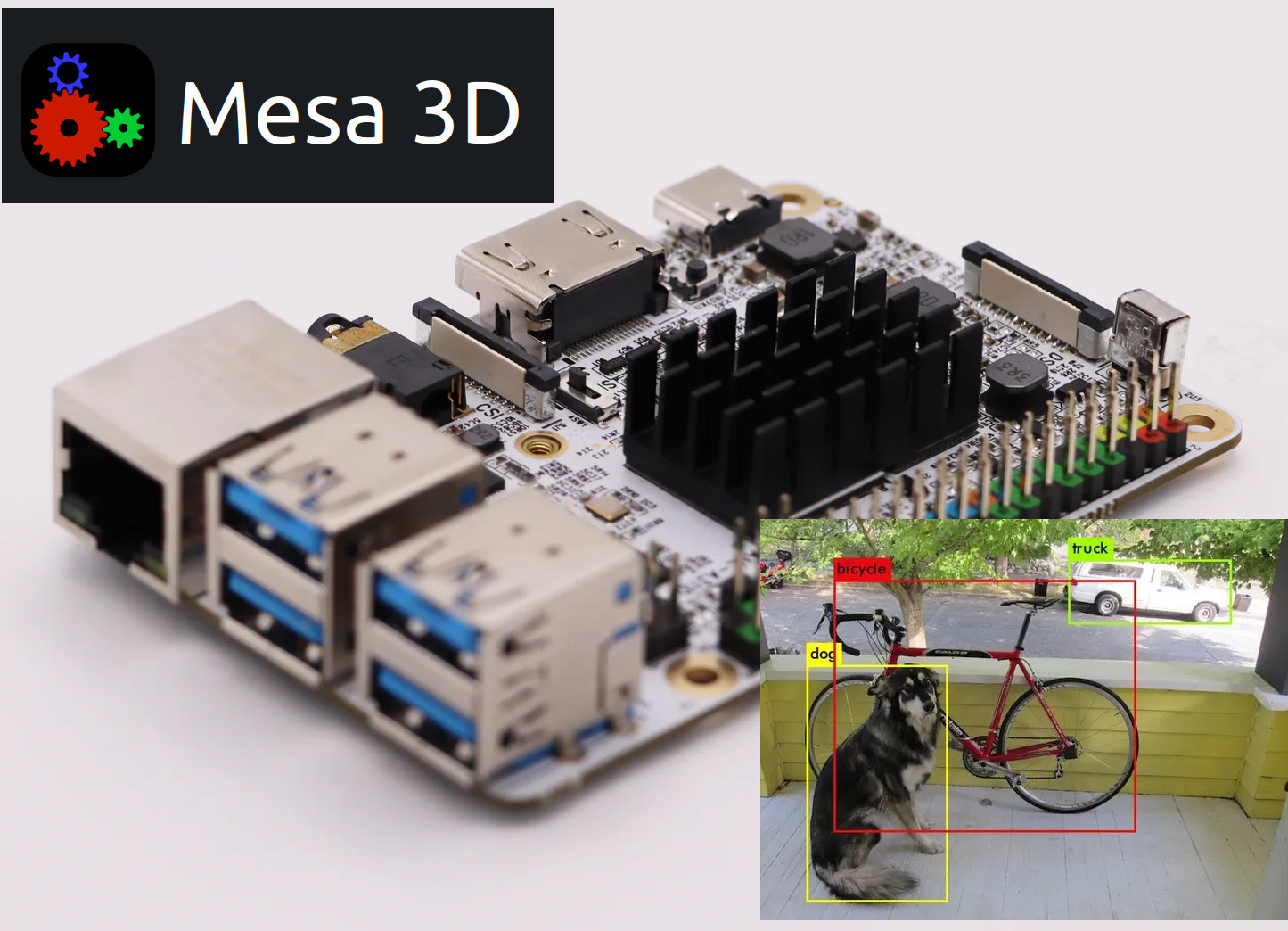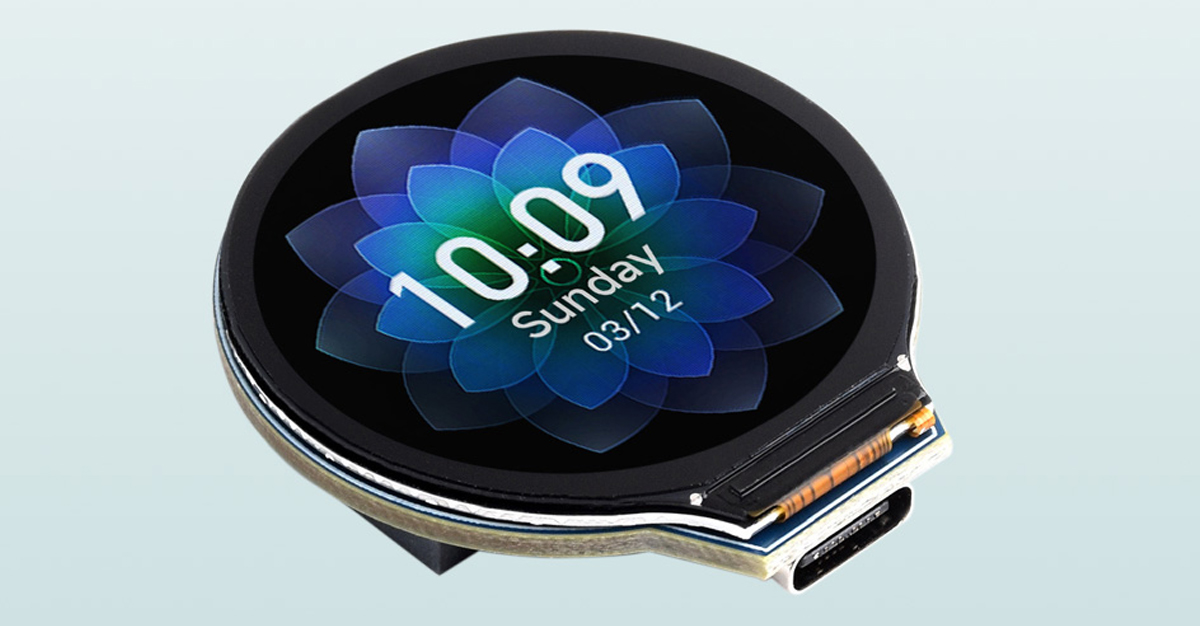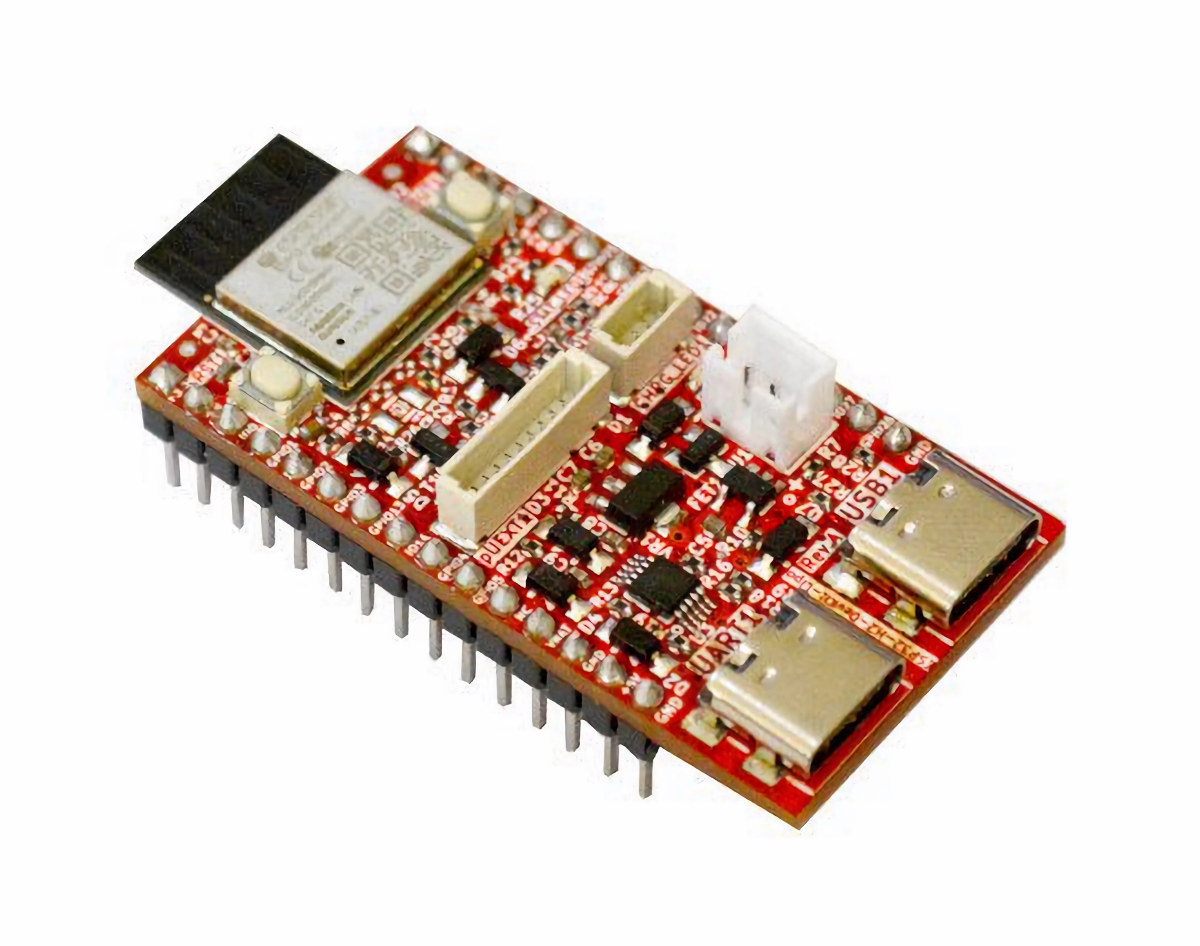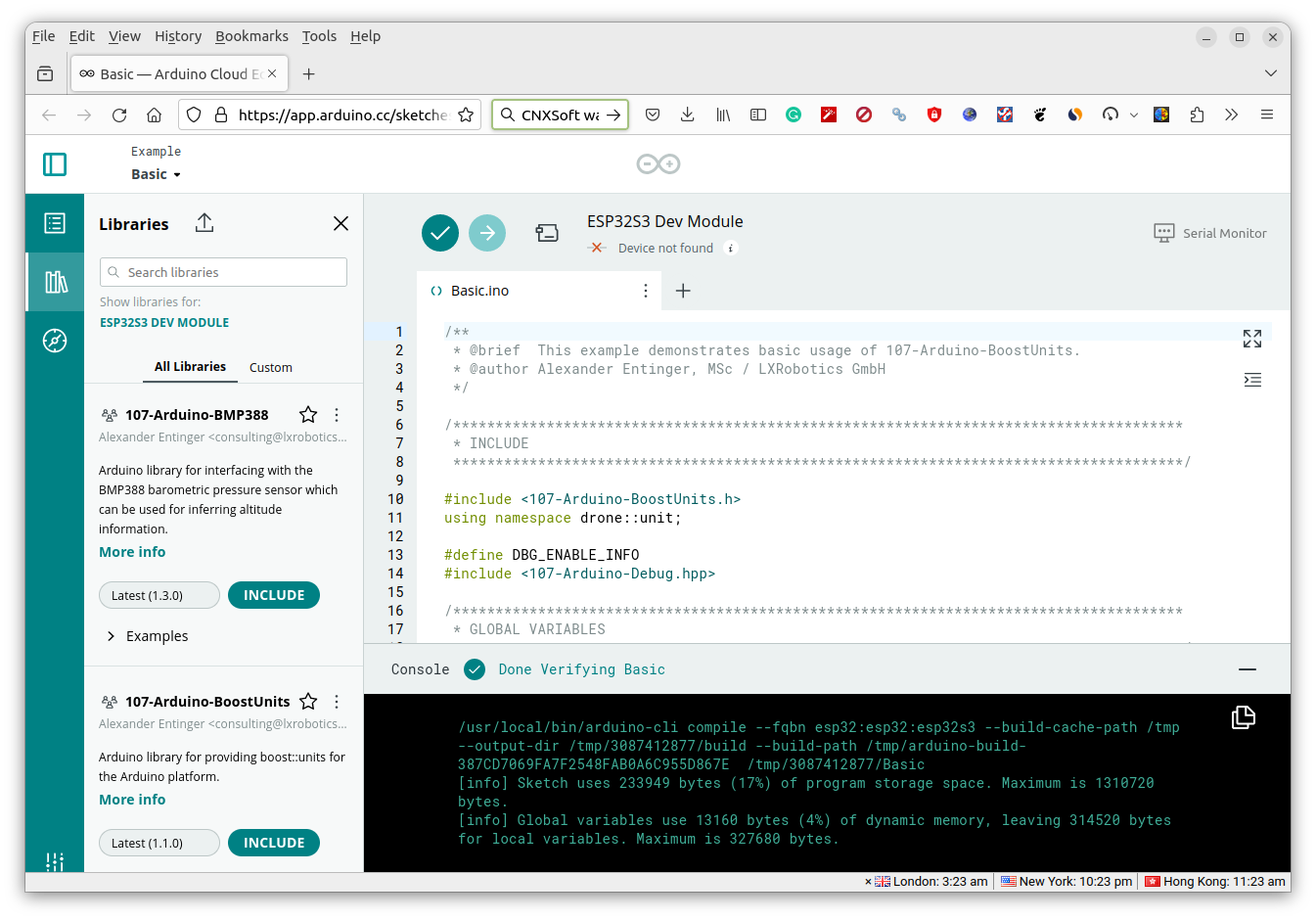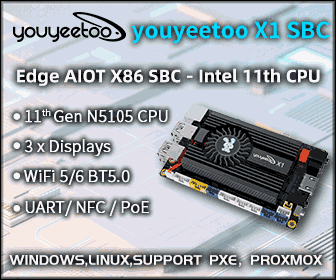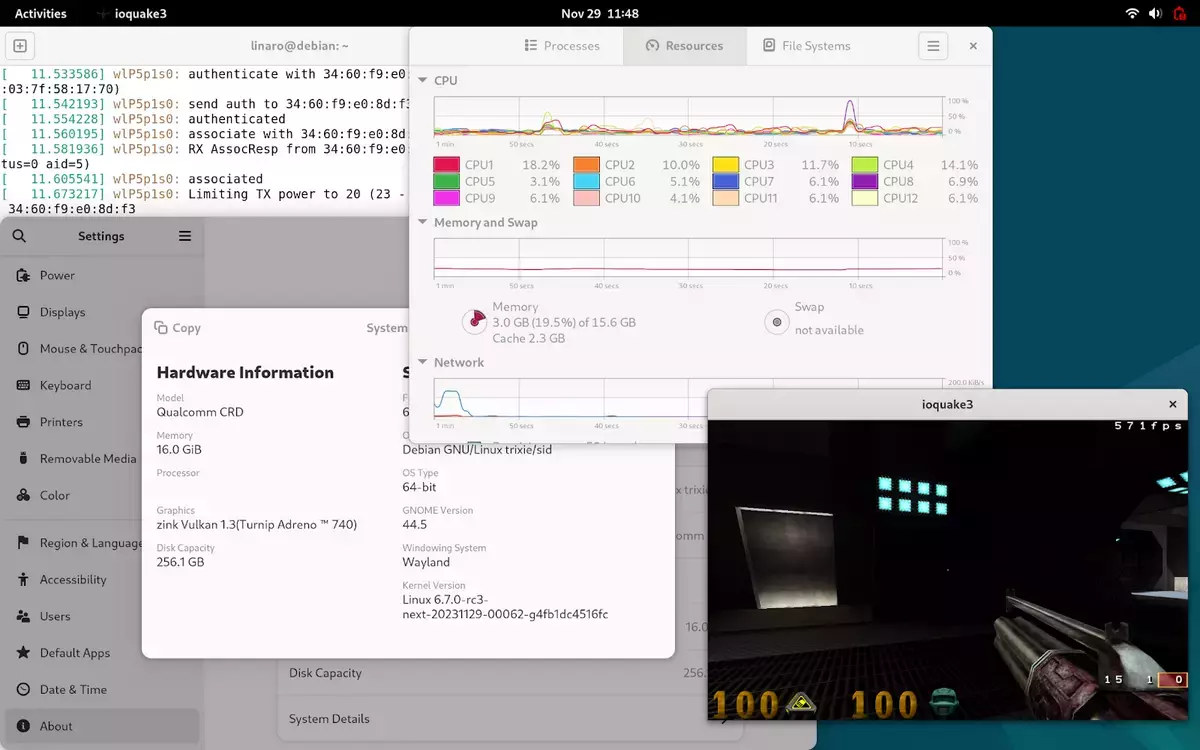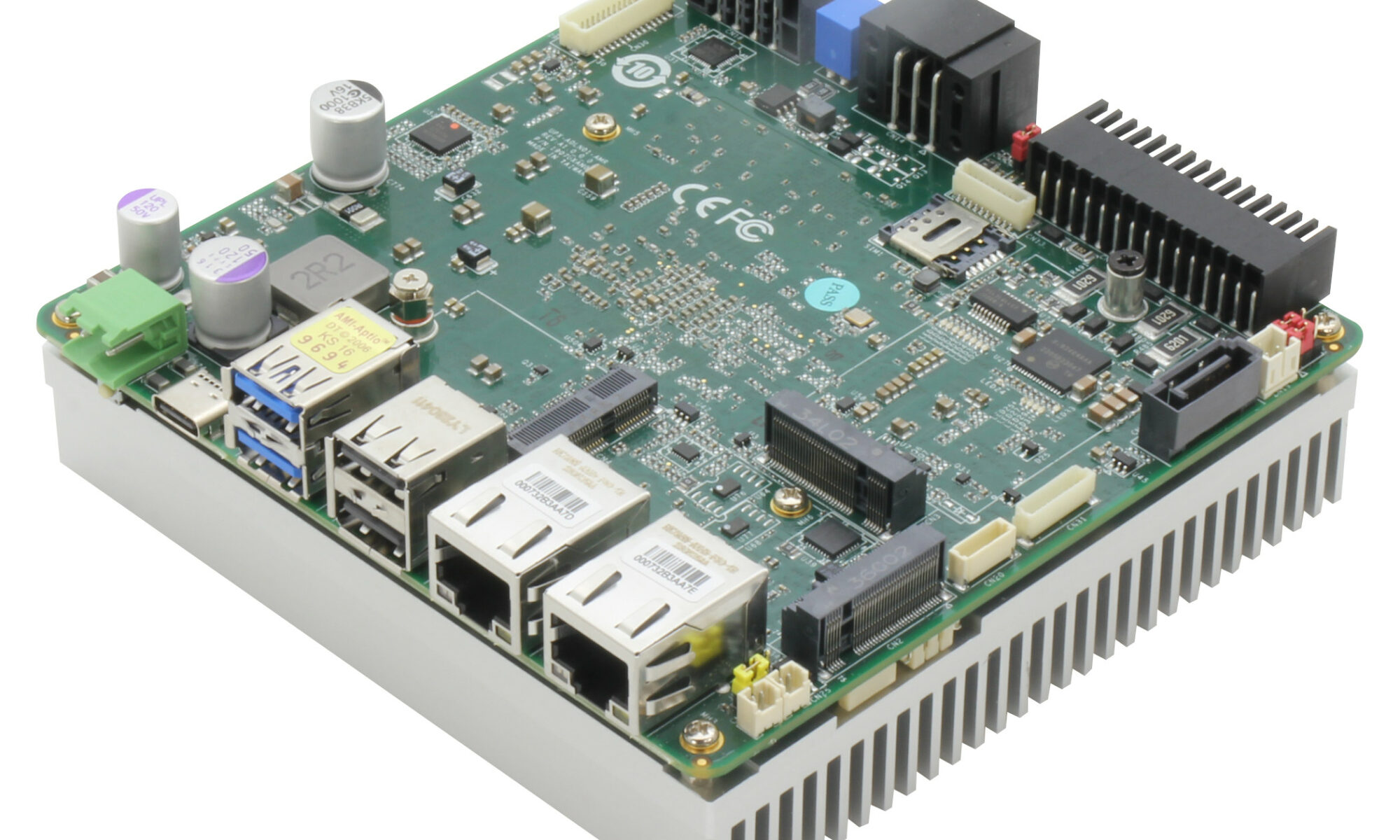Nordic’s nRF9161 SiP and DK support cellular IoT and DECT NR+ non-cellular 5G technology
Nordic Semiconductor recently announced the availability of the nRF9161 system in package (SiP) and pre-certified Development Kit designed to power both cellular IoT and non-cellular 5G technologies. This new device can connect to LTE-M, NB-IoT, and DECT NR+ networks while maintaining long battery life, better location tracking, and strong connectivity. Additionally, Nordic offers support through their nRF Connect SDK and the Nordic Developer Academy. The nRF9161 SiP is an improved version of the nRF9160 SiP, which has been the basis for various projects like the Actinius Icarus SoM DK, Conexio Stratus, nRF9160 Feather LTE IoT and GPS Board, Ruuvi Node, and many other projects. Feel free to check those out if interested. The press release mentions that this new chip is an update of the nRF9160 and includes features like an Arm Cortex-M33 processor, 1 MB flash, 256 KB RAM, along with SPI, I2C, UART, PWM, and a 12-bit ADC […]


